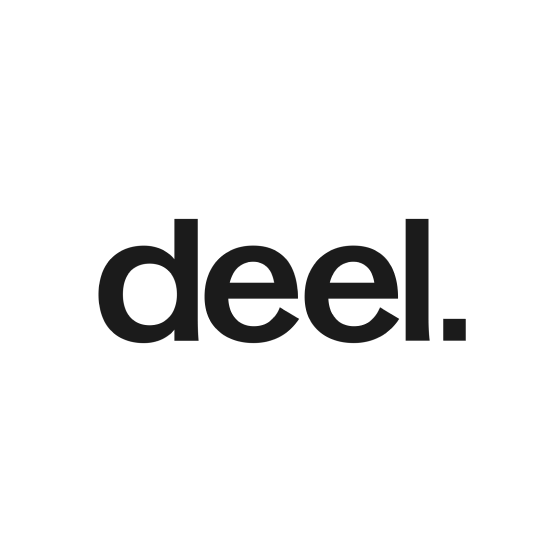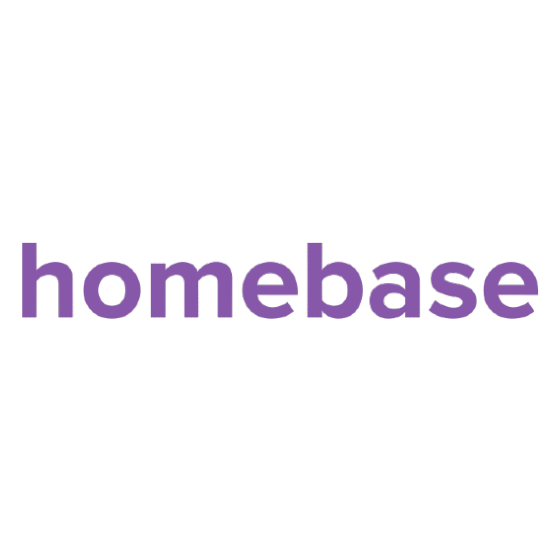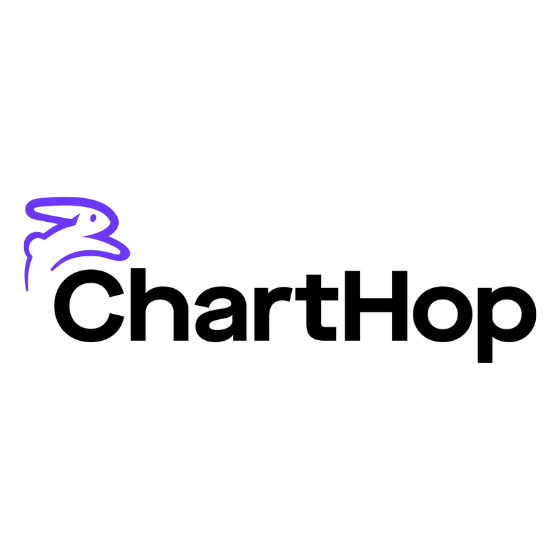Pricing varies because features, usage, and service levels differ; a basic plan might cost less, but adding users or premium support can increase your bill
Upfront cost doesn’t show the full picture; consider add-ons like advanced reporting or integration fees that can add up over time
Focus on ROI and scalability, not just the sticker price; choose software that grows with your team and delivers value, even if it costs more initially
Pricing for workforce management software can be confusing. You’ve got complex pricing tiers, feature gating, and often no clear pricing info online.
This guide is for you—buyers, finance leads, or department heads handling budgets and procurement. You’ll get insights into typical cost ranges, pricing models, and any additional or hidden fees.
I’ll also help you evaluate ROI so you can make smart decisions for your team.
What Factors Influence Workforce Management Software Pricing?
When selecting workforce management software, you face challenges like hidden fees for contractor support or unexpected costs for tax filing, affecting your budget. Here’s how different factors can impact pricing:
| Factor | How It Affects Pricing |
| Number of Employees | More employees mean higher costs, as pricing often scales per user. Expect around $5-$10 per employee monthly. |
| Contractor Support | Supporting contractors can add fees, possibly $100-$200 extra, depending on the level of service required. |
| Tax Filing Fees | Automated tax filing can increase costs by $50-$150 monthly, based on complexity and state requirements. |
| Integration Options | Adding integrations with other systems might cost $200-$500, depending on the complexity and number of integrations. |
| Customization | Tailoring the software to fit your team’s specific needs can add $500-$1000 to the initial setup fee. |
Workforce Management Software Price Comparison
| Tool | Best For | Trial Info | Price | ||
|---|---|---|---|---|---|
| 1 | Best for global employees and contractors | Free trial + demo available | From $29/month | Website | |
| 2 | Best all-in-one platform for HR, payroll and IT functions | Free demo available | From $8/user/month (billed annually) | Website | |
| 3 | Best workforce management software for hourly workers | Free plan available | From $20/location/month | Website | |
| 4 | Best for time, attendance, and compliance | 14-day free trial | From $6/user/month | Website | |
| 5 | Best for headcount planning & visualization | Free demo + free plan available | From $8/user/month | Website | |
| 6 | Best for mobile shift scheduling in Canada | 21-day free trial | From $2.93/user/month | Website | |
| 7 | Best for managing HR for global teams in one platform | Free demo available | From $25 - $199/user/month | Website | |
| 8 | Best for comprehensive time management | Free demo available | Pricing upon request | Website | |
| 9 | Best for complex business compensation planning | Free plan available | Pricing upon request | Website | |
| 10 | Best for role-specific training assignments | 7-day free trial | From $249/month (billed annually) | Website |
Understanding Pricing Models
When choosing workforce management software, understanding pricing models is key to managing your budget effectively.
Different models, like per user or tiered subscriptions, offer flexibility but can impact costs in unexpected ways. Here’s a breakdown of common pricing models and what to consider:
| Pricing Model | How It Works | What to Watch For |
| Per user or seat | Charges based on the number of users accessing the software | Costs can rise quickly as your team grows |
| Per usage | Fees depend on how much you use the software, like hours tracked or reports generated | You might face high costs during busy periods |
| Tiered subscription | Offers different feature sets at various price points | Be wary of outgrowing a tier and needing to upgrade suddenly |
| Custom quote | Pricing tailored to your specific needs and company size | Initial quotes may not include all features you need |
| Pay-as-you-go or annual | Pay monthly or annually, often with discounts for longer commitments | Monthly payments may seem cheaper, but annual plans often save money overall |
Typical Pricing by Company Size
Pricing scales with your company size, meaning larger teams often face higher costs due to increased user needs and feature requirements. Here’s what you can expect by company size:
| Company Size | Typical Price Range | What’s Usually Included | Common Use Cases & Vendors |
| Small business | $50–$200/month | Basic scheduling, time tracking; advanced reports may cost extra | Simple scheduling needs, startups; Vendors: Gusto, Homebase, Deputy |
| Mid-size business | $200–$500/month | Scheduling, attendance, basic reporting; may need add-ons for integrations | Growing teams, multiple locations; Vendors: BambooHR, Zenefits, Paycor |
| Large business | $500–$1,000/month | Advanced scheduling, comprehensive reporting, integrations | Complex operations, diverse teams; Vendors: ADP, Kronos, Paylocity |
| Enterprise | $1,000+/month | Full suite with custom features, dedicated support | Global operations, large workforce; Vendors: SAP SuccessFactors, Workday, Oracle |
Hidden and Add-On Costs to Watch For
When deciding on a workforce management software, hidden costs can catch you off guard. Look out for onboarding fees that can run into hundreds, or extra charges for premium support and integrations. Here’s a breakdown of common hidden costs to consider:
| Cost | Description |
| Onboarding/setup fees | Initial setup can cost $500-$1000 with vendors like Paylocity or ADP, covering data migration and configuration. |
| Training or certifications | Vendors like Kronos often charge for training sessions or certifications, which can add $100-$200 per session to ensure your team uses the software effectively. |
| Premium support | Enhanced support options with vendors like BambooHR can add $50-$150 monthly, offering quicker response times or dedicated account managers. |
| Integrations beyond standard set | Custom integrations with platforms not typically supported can incur additional fees, seen with vendors like Workday, potentially adding $500-$1000. |
| Usage overages | Exceeding usage limits, such as data storage or user caps, can lead to extra charges, as seen with vendors like Zenefits. |
| Contract minimums | Some vendors like SAP SuccessFactors require minimum contract terms, which can lock you into higher costs if your needs change. |
| Compliance or legal updates | Keeping up with regulatory changes might incur update fees, especially with vendors like Oracle, adding costs for necessary legal compliance features. |
Types of Workforce Management Software Pricing: Subscription Plans & Upgrade Triggers
Subscription pricing models for workforce management software often come with tiered plans, each offering different features and limits. Here’s what you need to know:
- Plan Inclusions: Basic plans might include core scheduling and time-tracking features. Higher tiers, like Pro or Enterprise, often add advanced reporting and integrations. Vendors like BambooHR and Zenefits are generally transparent about what's included.
- Upgrade Triggers: Companies like Gusto may require you to upgrade if you exceed user limits or need more integrations. Be aware of these caps to avoid unexpected costs.
- Annual vs Monthly Discounts: Many vendors, such as Deputy, offer discounts for annual commitments. Monthly plans might seem cheaper upfront but often cost more over the year.
- Transparency: Vendors like ADP and Kronos are usually clear about their pricing structure, but hidden costs can arise with add-ons or premium support.
To avoid overspending, always assess what features your team actually needs and watch for upgrade triggers. Opt for annual plans if you're committed long-term to save money.
Maximizing ROI from Your Workforce Management Software Investment
Understanding ROI helps you make smart buying decisions and track the value of your workforce management software after implementation:
Time Saved
Automation and streamlined workflows cut down on manual tasks, freeing up your team's time for more important work. Consider what manual processes the software will replace and how much time your team could gain back.
Ask vendors to demonstrate time-saving features with real use cases, as this can help you see the actual impact on your team's daily routines.
Error Reduction
Reducing manual handoffs or calculations helps prevent costly mistakes. Identify where errors occur now and how the system could minimize them, and ask vendors how their platform validates or controls data to ensure accuracy. This focus on error reduction can lead to fewer headaches and financial savings.
Compliance Avoidance
Features that support legal, financial, or industry standards lower the risk of fines or audits. Check what compliance features are included and whether the platform supports specific industry requirements. Request examples of how the software has helped avoid compliance gaps. This proactive approach can safeguard your business from unexpected penalties.
Cross-Team Adoption or Consolidation
Using one tool across multiple teams or replacing several tools can cut costs and improve alignment. Consider if the software could replace multiple tools and which teams would realistically use it.
Questions to Ask Vendors During Pricing Demos
Demos are your team's best chance to clarify pricing details, dig into what's included, and avoid any surprises down the road. Come prepared with questions to ensure you understand every aspect of the pricing model.
If you're considering writing a workforce management software RFP, these questions can guide you in gathering the necessary details:
- How is your pricing structured, and what factors could change my monthly cost?
- What features are included at each tier, and how are upgrades handled?
- Are there any usage caps or overage fees I should be aware of?
- What are the fees for support and onboarding, and how are they billed?
- How does your billing frequency work, and what are the renewal terms?
- What integrations are covered in the pricing, and are there limits on their use?
- Can you provide examples of hidden costs that new customers often overlook?
- How do you handle pricing adjustments if our needs change mid-contract?
Tips for Negotiating Workforce Management Software Pricing
Pricing is often flexible, and the more prepared you are, the better your outcome will be. Strong negotiation tactics can help your team secure better pricing and contract terms without sacrificing functionality. Here are some tips to consider:
- Benchmark Competitors: Compare pricing from multiple vendors to understand the market rate. Use this information to negotiate a better deal with your preferred vendor.
- Discount Opportunities: Ask about discounts for startups, nonprofits, or long-term commitments. Vendors often have special pricing for these groups, which can save you money.
- Pilot Programs or Phased Rollout Pricing: Request a pilot program or phased roll ut to test the software at a reduced rate. This can help you assess the fit without a full financial commitment.
- Renewal and Lock-In Clauses: Review renewal terms and lock-in clauses carefully. Negotiate for flexibility in case your needs change over time.
- Leveraging Group Buying or Procurement Support: If you're part of a larger organization, use group buying power or procurement support to negotiate better terms. This can give you more leverage in discussions.
What’s Next:
If you're in the process of researching workforce management software, connect with a SoftwareSelect advisor for free recommendations.
You fill out a form and have a quick chat where they get into the specifics of your needs. Then you'll get a shortlist of software to review. They'll even support you through the entire buying process, including price negotiations.













